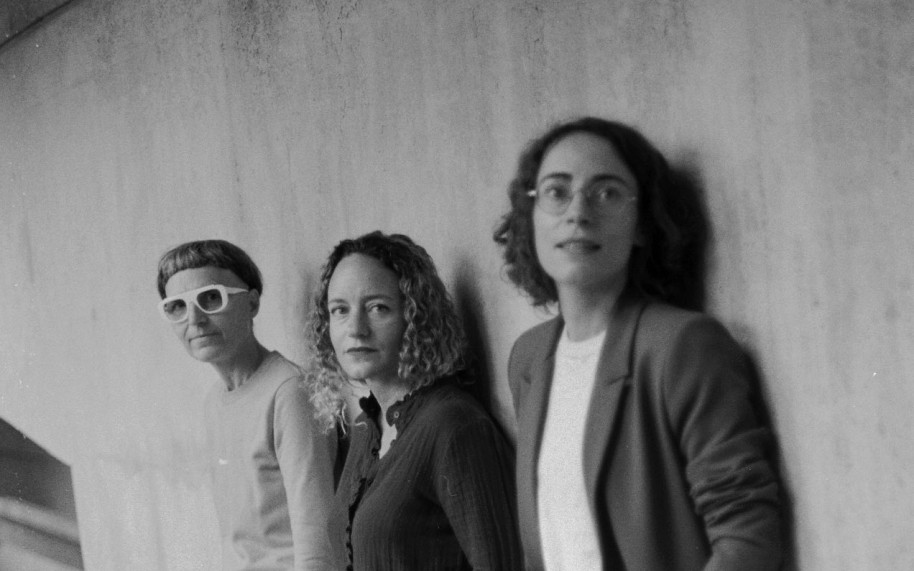
Editorial
While numerous profound questions shake up the world, and the world of creation in particular—climate and environmental issues, the role and place of art and artists in our projects for society, urban change, etc—the festival reinvents itself. Le Nouveau Printemps is a festival of contemporary creation conceived with a partner-artist for a specific neighborhood in Toulouse: an equation with two parameters for infinite possibilities.
By allowing itself to be guided by the universe and sensitivity of a partner-artist from the world of design, film, music and so on, and by what the neighborhood, a living space on the cusp between collective and private, provokes in them, Le Nouveau Printemps starts afresh each year and promises to uncover, as the years go by, multiple visions of art.
For the first edition, asking matali crasset to take a unique look at the Saint-Cyprien neighborhood on the left bank of the Garonne, and to get to know its spaces, history, inhabitants and niches, was an obvious choice. This multidisciplinary creator brings an approach that is at the intersection of artistic and anthropological practices, and has spent thirty years scrutinizing notions of territory and inhabiting. What makes a territory, especially in an urban environment where, two-thirds of humanity will reside by 2050.
In close collaboration with about thirty artists from different generations and disciplines, including several of matali crasset's fellow travelers, as well as thinkers and protagonists from civil society (high-school and college students, apprentices, craftspeople, nonprofits, etc), the festival this year examines a central issue in our broadly city-dwelling era: the links between art and life cultures. Different approaches emerge throughout the itineraries: stories reappear, those of pioneers whose life work testifies to a profound relationship with the living, and others appear, attempting to emancipate themselves from productivist and patriarchal ideas.
Each edition of the festival is an adventure. Like matali's work, this adventure will be resolutely collective, based upon hypotheses rather than lofty principles, and will invite the public to participate in the creative process: a playful and political experimentation, on the scale of a neighborhood, where artists, spectators, thinkers, students and nonprofits will be invited to try to "make territory" in the city and its museums and theaters, its public squares and historic buildings, its stores and gardens. With its exhibitions, forums, concerts and installations in public spaces, this edition is as much an invitation to reflect upon the construction of a society in harmony with the living world as an incitement to act.